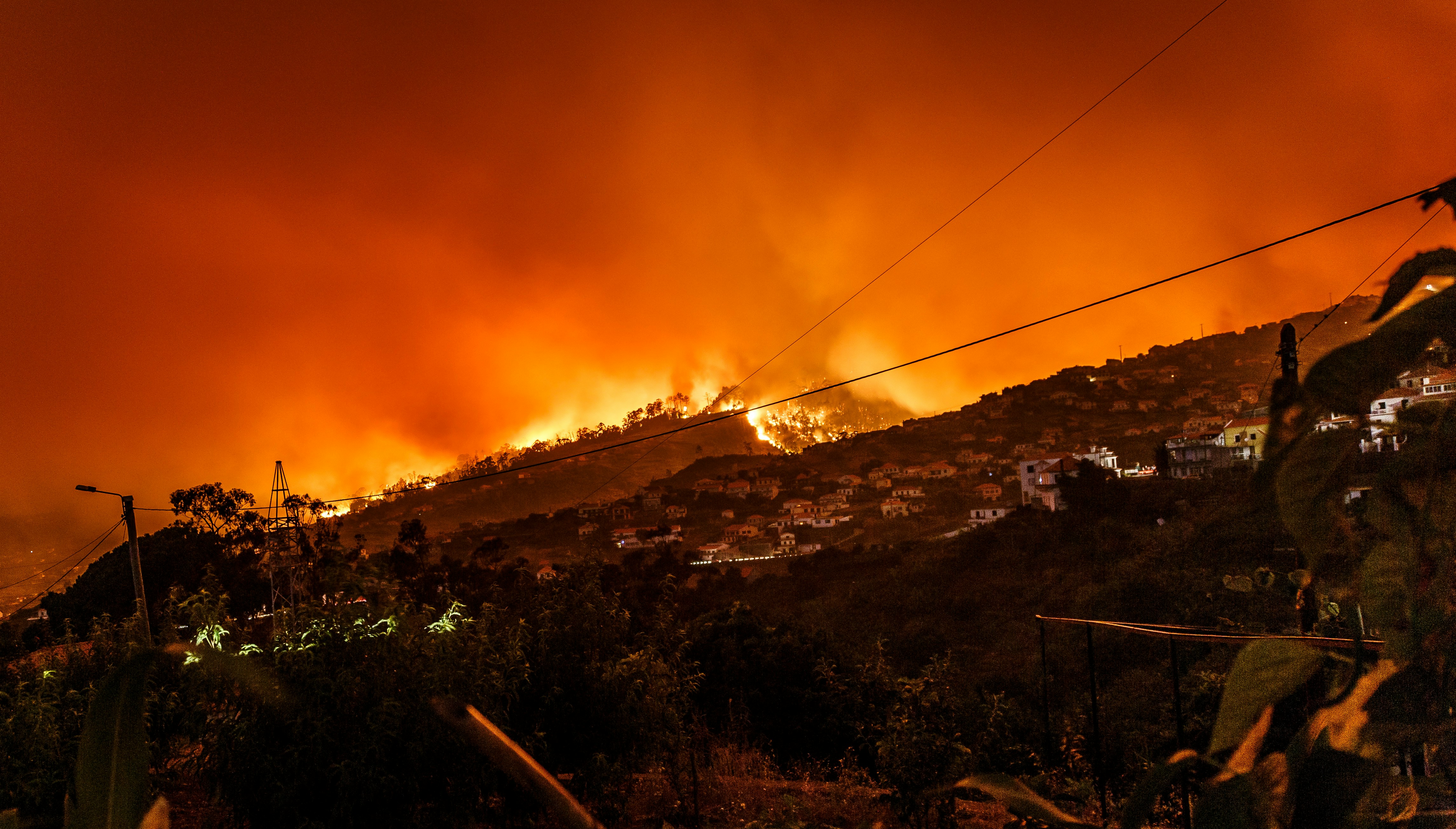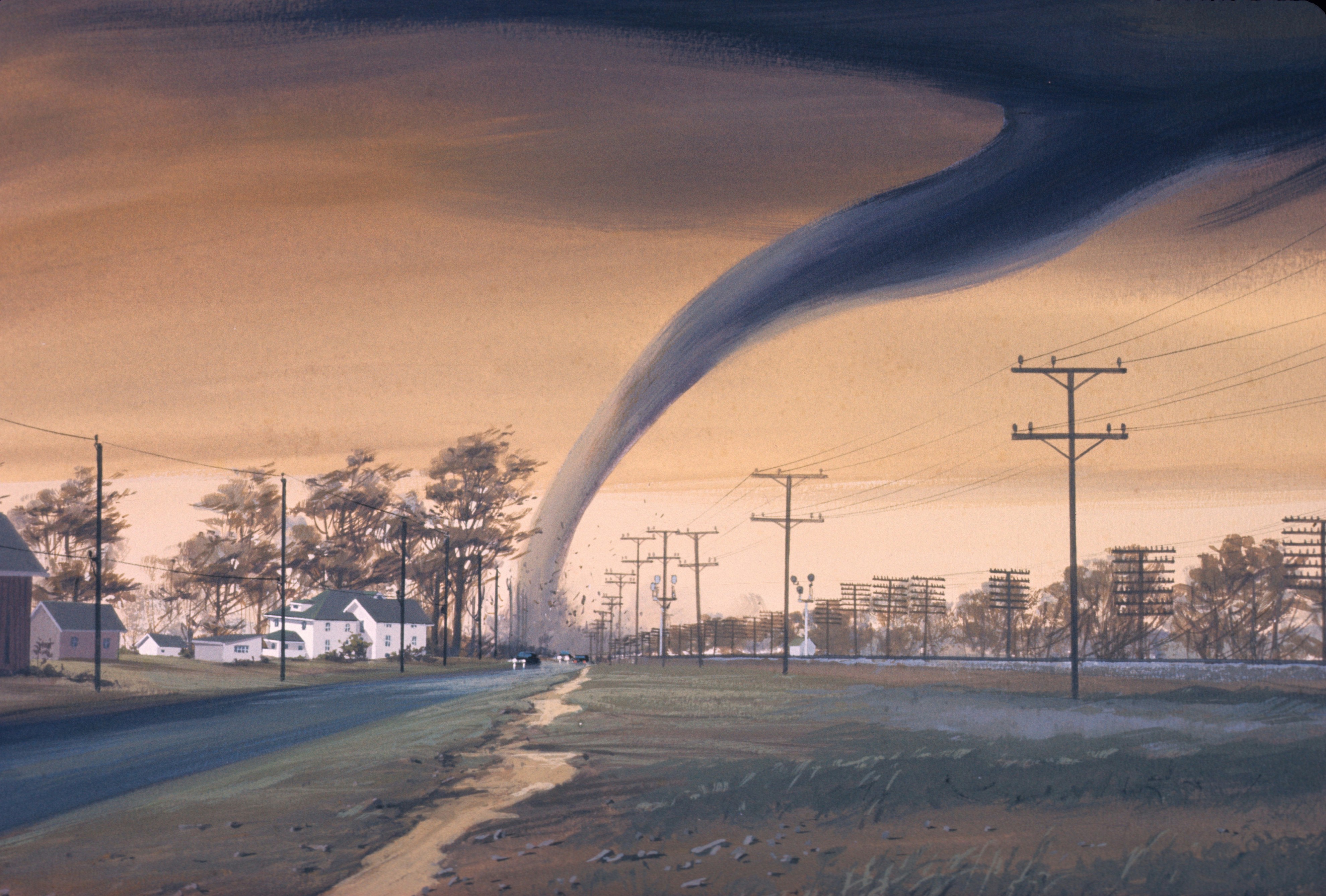Predict & Prevent™ explores how to strengthen risk management and insurance by applying technology and resilience strategies to prevent losses before they occur. IIAMT will be sharing The Institutes’ Predict & Prevent™ updates with our membership. This week in Predict & Prevent™ we highlight exemplary wildfire resilience efforts by a Camp Fire survivor. How 2023 disasters underscore the need for Predict & Prevent. Growing adoption of technology by emergency management agencies to fight wildfires. Camp Fire Survivor Advocates for Fire-Resistant Home Designs
Wildfire survivor Gary Ledbetter, a resident of Paradise, California, has transformed his home into a model of fire-resistant design after losing his previous house to the 2018 Camp Fire, the deadliest wildfire in modern California history, according to National Geographic.
The big picture: Ledbetter’s retrofits to make his home more resilient earned him the first Wildfire Prepared Home Plus designation from the Insurance Institute for Business & Home Safety (IBHS).
– With climate change driving volatile conditions, including wildfires, floods, and extreme heat, resilient design and improved building codes are becoming crucial for homeowners.
– Experts suggest retrofitting existing buildings as a key strategy for enhancing neighborhood safety, emphasizing the need for proactive measures rather than waiting for disaster to strike.
By the numbers:
– Over 18,000 structures were destroyed in the 2018 Camp Fire, the deadliest and most destructive wildfire in modern California history.
– 3 million people were displaced for some period of time in 2023 due to weather-related disasters, according to the Urban Institute.
– About one in 10 U.S. homes were impacted by disasters in 2021, as per a study from CoreLogic.
What they’re saying: “I don’t want to have to build another house. I’m going to do this one time,” Ledbetter said about his efforts to rebuild his Paradise, California, home with fire-resistant designs.
– “I can’t stop the tornado, but we can narrow the impact of its effect,” Roy Wright, president and CEO of IBHS, said, emphasizing the importance of resilient design and improved building codes in mitigating the effects of extreme weather events.
Yes, but: Many older homes are more vulnerable than homeowners realize, and there are numerous lower-cost strategies available that can significantly fortify homes against extreme weather conditions.
The takeaway: As climate change exacerbates weather-related disasters, the emphasis on resilient, fire-resistant home designs and proactive retrofitting of existing structures becomes a key strategy for homeowners and insurance industry alike.
Go deeper: Learn more about the IBHS’s Wildfire Prepared Home Plus program. |
Consumer Risk Awareness Lags as Climate Disasters Intensify

The U.S. saw a record number of billion-dollar weather and climate disasters in 2023, underscoring the urgent need for a Predict & Prevent™ strategy to mitigate the financial impacts of climate risks on insurers and policyholders, Peter L. Miller, CEO of The Institutes, writes in Risk & Insurance.
The big picture: The increasing frequency of climate disasters, coupled with rising repair costs and economic factors, is making homeowners’ insurance less affordable and leaving many exposed to these disasters’ financial impact.
– The Predict & Prevent strategy, which includes the use of technology to identify and reduce risk, could help reduce losses, increase resilience, and align with the insurance industry’s core purpose of keeping people safe.
By the numbers:
– 28 billion-dollar weather and climate events occurred in 2023, a significant increase from the average of 8.5 events per year from 1980 to 2023.
– $60 billion in losses were recorded by U.S. insurers in the first half of 2023 due to severe convective storms, marking the highest catastrophe losses in over two decades.
– 64% of U.S. homeowners believe they are not at risk of flooding, despite the fact that 90% of all U.S. natural disasters involve flooding, according to a recent survey by the Insurance Information Institute (Triple-I) and Munich Re.
Yes, but: A lack of risk awareness among U.S. consumers could hinder the widespread adoption of this approach.
The takeaway: The success of the Predict & Prevent strategy in mitigating climate disaster impacts hinges on improving consumer risk awareness and education.
Go deeper: To listen to Predict & Prevent podcast, visit predictandprevent.org, or look for it on most podcasting platforms. |
Tech Innovations Aid in Wildfire Prevention and Response
Emerging technologies are playing a pivotal role in wildfire prevention and management, with drones, AI, and digital twins being used to prevent, detect, and respond to wildfires, according to a commentary by Richard Danforth, CEO of Genasys, in Forbes.
The big picture: The integration of technology in wildfire management underscores the broader trend of digital transformation in disaster response. As climate change exacerbates wildfire risks, these tech-driven solutions offer a proactive approach to mitigate damage and save lives, but their effectiveness hinges on successful training and adoption within emergency response departments.
By the numbers:
– Over $50 billion is the annual global cost of wildfires, as reported by the World Economic Forum.
– 80% accuracy was achieved by the FireAId initiative in predicting wildfires 24 hours before combustion using AI and digital twins.
– 971 satellites have the capability to detect wildfires by measuring radiative power, a significant increase from 192 in 2014.
– Three key aspects of wildfire minimization and management can be significantly improved with the help of emerging technologies: prevention, early detection, and protection of population centers.
What they’re saying: “While Mother Nature can never truly be overcome, applying technological innovation in this arena can help us rebalance the equation,” wrote Danforth, emphasizing the role of technology in wildfire prevention and management.
– “The technological advances contributing to fire prevention, monitoring and protection have grown exponentially over the past several years, but modern technology is not a turn-key solution,” he said.
The takeaway: The effectiveness of emerging technologies in wildfire prevention and management hinges on successful adoption and training within emergency response departments. |
|